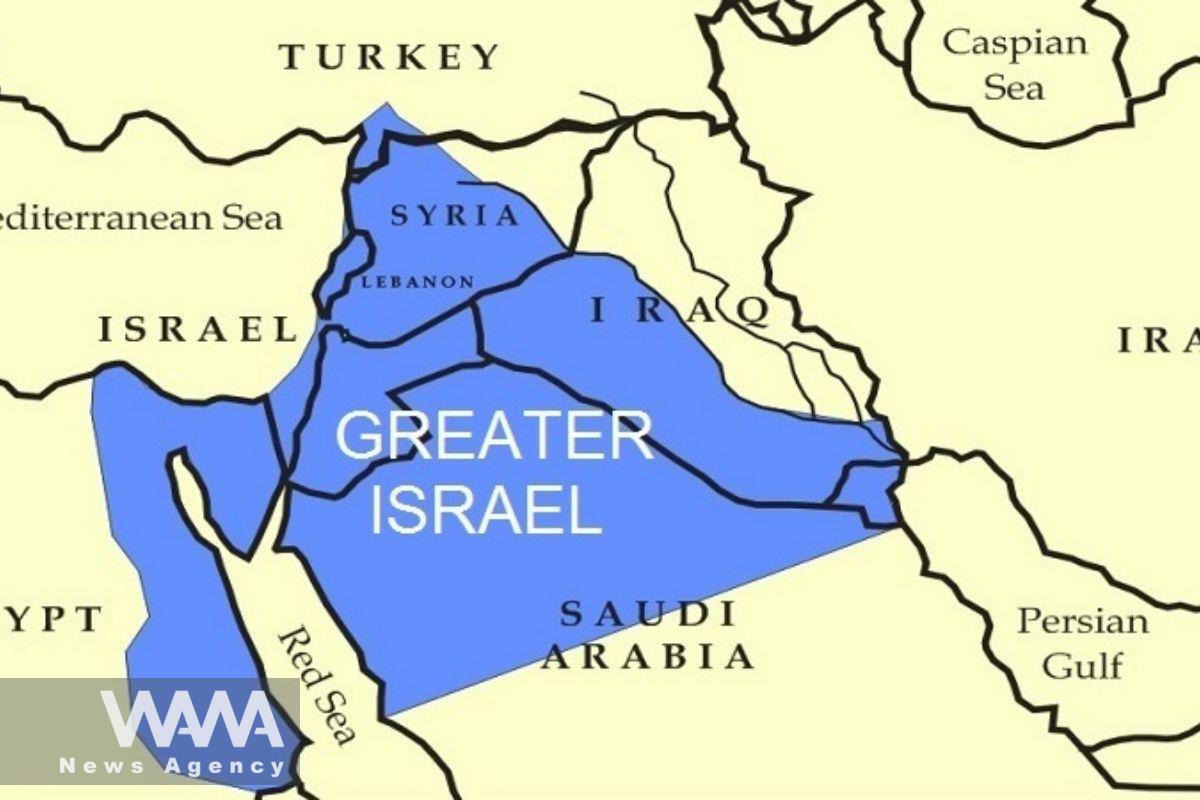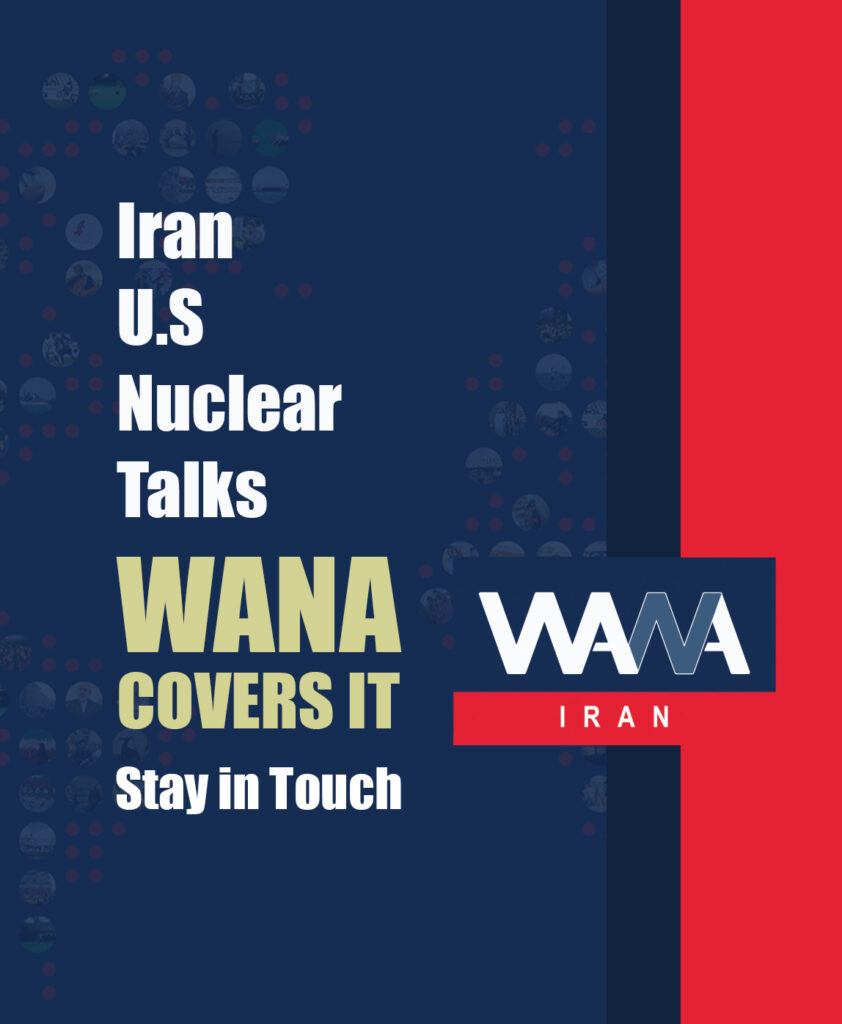Revealing Iran’s Strategy: From Western Defeat to Nuclear Weapons Threshold
WANA (Oct 17) – Among the people of Iran, especially those who are less involved in political issues or are opponents of the Islamic Republic, there has always been the question of why Iran should spend its resources to help neighboring countries while it faces economic challenges and needs for growth and development in some of its cities.
This question is particularly raised regarding support for war-torn countries like Syria and the dispatch of the defenders of the shrine to confront groups such as ISIS.
However, to answer this question, several important points must be considered. First, one of Iran’s main objectives in these supports is to defend the oppressed and combat global injustice. But the issue does not end there.
In 1991, the United States proposed a plan called the “New World Order,” which aimed at the disintegration of the Middle East and even parts of Iran. Israel was also pursuing the implementation of the “From the Nile to the Euphrates” plan, which, if successful, would expand the borders of this regime to Syria, Lebanon, Jordan, and Iraq. These were direct threats to Iran’s security.

From the Nile to the Euphrates plan map, Social media/ WANA News Agency
Iran’s active presence in the region and its support for neighboring countries thwarted these plans. The Iran-Iraq War and U.S. financial and military support for Saddam Hussein were also part of this strategy to weaken Iran.
Nevertheless, through its resistance to these threats and victory in the war, Iran was able to push the threat away from its borders to the extent that Moshe Dayan, an Israeli commander, compared Iran to an earthquake in the region whose tremors would also reach Israel.
The eight-year Iran-Iraq War was only part of the U.S. efforts to achieve its goals in the region. The U.S. and its allies resorted to various other methods to weaken Iran, in addition to direct warfare.
One of these methods was to create divisions and conflicts among the people of Iran. By exacerbating unrest and inciting internal disputes, they aimed to embroil Iran in domestic problems.
This strategy aimed to weaken Iran’s focus on its borders and counter foreign threats. In fact, by creating internal chaos, Iranian forces were forced to concentrate on controlling the situation within the country, thereby reducing their focus on neutralizing external threats.
The result of this policy was the emergence of terrorist incidents such as the Shahcheragh attack in 2022. However, all these efforts ultimately failed, and the unrest ended without achieving the set goals.

From Rumor to Reality: General Esmail Qaani Remains on the Scene
WANA (Oct 15) – Over the past two weeks, anti-Islamic Republic media outlets and opposition-linked networks, such as Iran International, have attempted to mislead public opinion in Iran, the Resistance Axis, and even globally through various fabrications about Esmail Qaani, the commander of the Quds Force. It appears that these efforts are part of Israel’s […]
After Israel’s defeat in the 33-day war with Lebanon, Israeli analysts likened the region to a single body; a body in which Iran is the heart and soul, Syria serves as the arm, and Lebanon acts as a powerful fist under Israel’s throat.
Moshe Yaalon, a former Israeli minister, made an unprecedented admission, saying, “Our mistake was that we attacked the fist (Lebanon) when we should have cut off the arm (Syria). By severing the arm, blood supply to the fist would have been stopped, and then we could have targeted the main body, which is Iran.”
This failed strategy led Israel and its allies to design a new plan. They sought to eliminate Syria first by creating and supporting terrorist groups like ISIS, and then target Iran.
These conspiracies were evident not only from Israeli leaders but also in the words of Hillary Clinton, the former U.S. Secretary of State. She revealed in her book that the U.S. aimed to fragment Persian Gulf countries and create divisions in the region by supporting ISIS.
Nikki Haley, the then-U.S. ambassador to the United Nations, also explicitly stated that the aim of the attack on Syria was ultimately to combat Iran’s influence.

Can the THAAD System Counter Iran’s Missiles?
WANA ( Oct 14) – Following the assassination of Hezbollah’s leader, Sayyed Hassan Nasrallah, and prior to that, the killing of other commanders of this military group, Israeli belief was that even if Hezbollah had not been completely dismantled, its revival would take several months at the very least. However, this assumption, or rather […]
However, Iran, through its intelligence and support for Syria and Iraq, was able to not only thwart these plans but also push the threats away from its borders. Rather than bringing the war onto its own territory, Iran succeeded in transferring the battlefronts to the borders of its enemies.
Of course, Iran’s actions carry another message: that it will not hesitate to take any measures necessary to protect its interests. The words of Mohammad Manan Raeisi, a member of the Iranian parliament, testify to this point: “We face a brutal enemy that disregards international treaties. We cannot commit to global agreements while the Zionist regime violates them. Therefore, we must withdraw from the NPT and change our nuclear doctrine for maximum deterrence. We are close to developing a nuclear weapon, and in the past year, we’ve made significant progress. With God’s help, we can achieve this capability in less than six months.”
In conclusion, this simplistic view that Iran should focus solely on domestic issues and abandon regional support is rejected when considering the more complex dimensions of security and foreign policy. With this strategy, Iran has been able to protect its borders, maintain security within the country, and strengthen regional stability.

Iranian army fires Katyusha missiles at Zulfiqar 99 exercise with units of Navy, Air Defense, Air Force, and Ground Force in an area of 2 million square kilometers near east of Hormuz Strait, Makran coasts, Sea of Oman, and north of Indian Ocean in south of Iran September 8, 2020. Picture taken September 8, 2020. WANA (West Asia News Agency)












